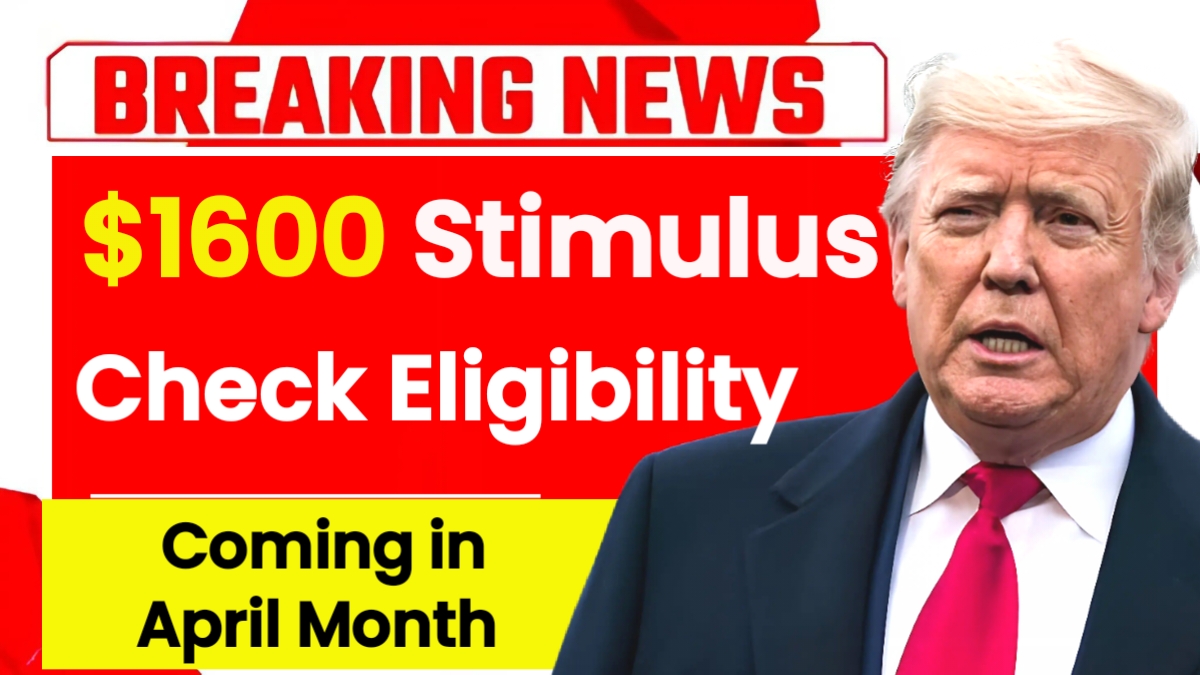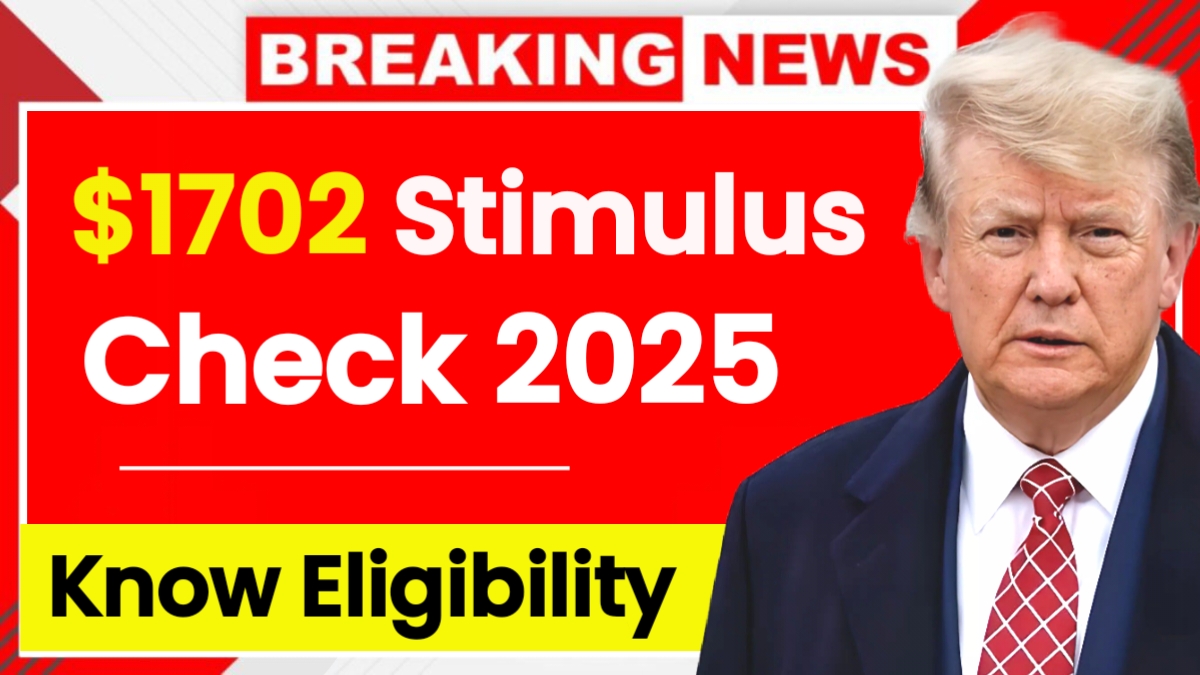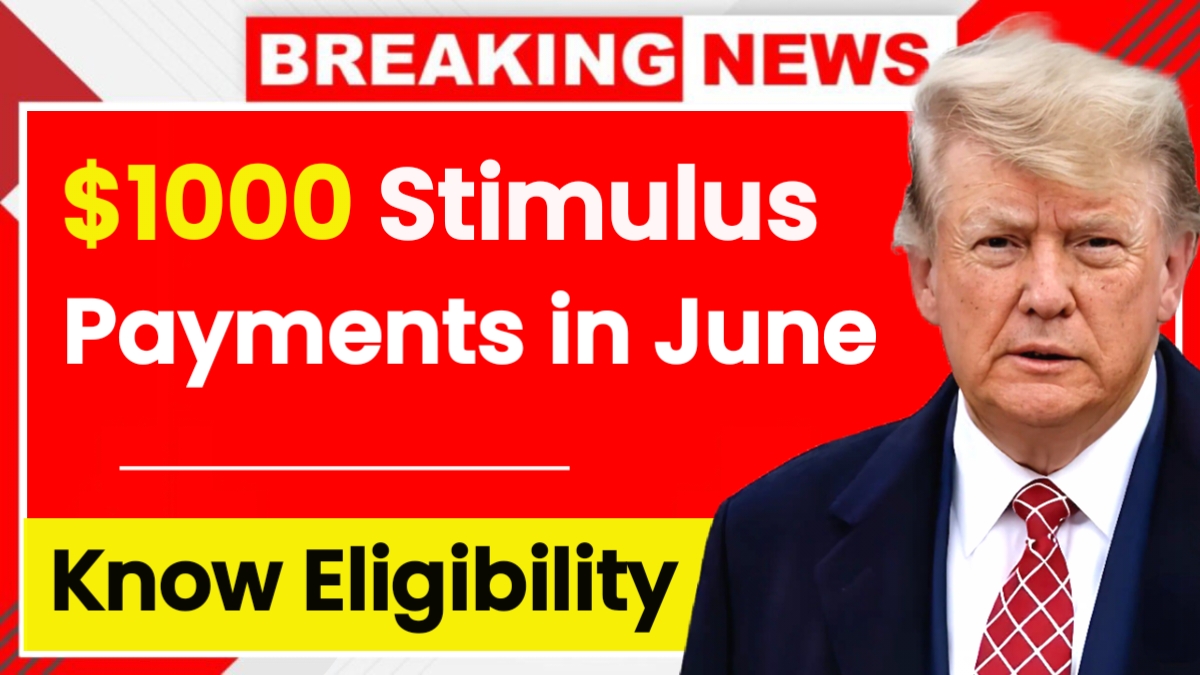$1400 Stimulus Checks 2025: Many Americans are still waiting to receive their $1400 stimulus payment that was originally distributed as part of the American Rescue Plan in 2021. While millions of eligible citizens received their payments during the initial distribution period, a significant number of qualified individuals never got their money due to various reasons. These issues included incorrect personal information, processing delays, filing problems, or simply not knowing they were eligible for the payment. The good news is that these payments are still available, but action must be taken quickly to secure them.
The $1400 stimulus checks were designed to provide crucial financial relief to American families who suffered economic hardships during the COVID-19 pandemic. This payment was the third round of economic impact payments issued by the federal government, following earlier stimulus distributions. However, unlike previous payments that had stricter deadlines, this particular stimulus can still be claimed through the tax filing process, giving people a second chance to receive the money they are owed.
Who Qualifies for the Payment
The eligibility requirements for the $1400 stimulus payment are based primarily on income levels and filing status from your 2021 tax return. Single taxpayers who earned an adjusted gross income of less than $75,000 are eligible for the full payment amount. For those who file as head of household, the income limit increases to $112,500. Married couples filing jointly can earn up to $150,000 and still qualify for the complete payment.
It’s important to understand that the payment amount gradually decreases as income rises above these thresholds and completely phases out at higher income levels. Additionally, you must have a valid Social Security number to qualify, with some exceptions made for military personnel. You cannot be claimed as a dependent on someone else’s tax return, and you must meet residency requirements by being either a U.S. citizen or qualifying resident alien.
The Recovery Rebate Credit Process
The key to claiming your missed $1400 stimulus payment lies in filing your 2021 federal tax return and claiming the Recovery Rebate Credit. This credit allows eligible taxpayers who didn’t receive their stimulus payment to get the money as part of their tax refund. Even if you don’t normally file taxes because your income is too low, you may still need to file a return specifically to claim this credit.
When preparing your 2021 tax return, you’ll need to complete the Recovery Rebate Credit worksheet, which helps calculate the amount you’re entitled to receive. This process requires accurate information about your income, filing status, and any dependents you may have. The worksheet will determine whether you’re eligible for the full $1400 payment or a reduced amount based on your income level.
Steps to Claim Your Money
The first step in claiming your stimulus payment is to check your IRS online account to see if a payment was already issued but perhaps sent to an incorrect address or account. If you find that a payment was processed but never received, you can initiate a payment trace request to track down what happened to your money.
Next, you’ll need to file your 2021 tax return if you haven’t already done so. This return must include the Recovery Rebate Credit calculation to claim your stimulus payment. Consider using tax preparation software or consulting with a tax professional to ensure your filing is accurate and complete. If you need to trace a missing payment, you may need to complete IRS Form 3911 and clearly mark it as relating to the third Economic Impact Payment.
Important Timing and Deadlines
Time is running out to claim these missed stimulus payments. The deadline to file your 2021 tax return and claim the Recovery Rebate Credit is approaching in 2025, and once this deadline passes, the opportunity to receive this money will be permanently lost. The IRS continues to process these claims, but you must take action before the filing deadline expires.
To speed up your refund process, consider filing your return electronically and choosing direct deposit for the fastest processing. Electronic returns with direct deposit typically process within three weeks, while paper returns can take six to eight weeks or longer. Keep track of your filing status through your IRS online account and ensure all your personal information is current and accurate to avoid processing delays.
Disclaimer: This article is for informational purposes only. Tax laws and deadlines may change. Consult with a qualified tax professional or visit the official IRS website for the most current information about stimulus payments and filing requirements.



















